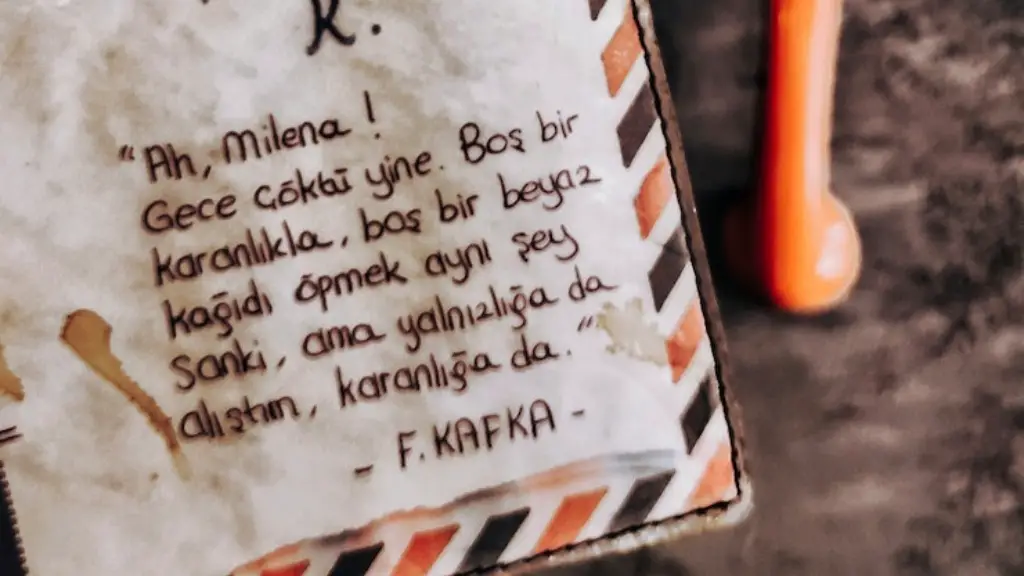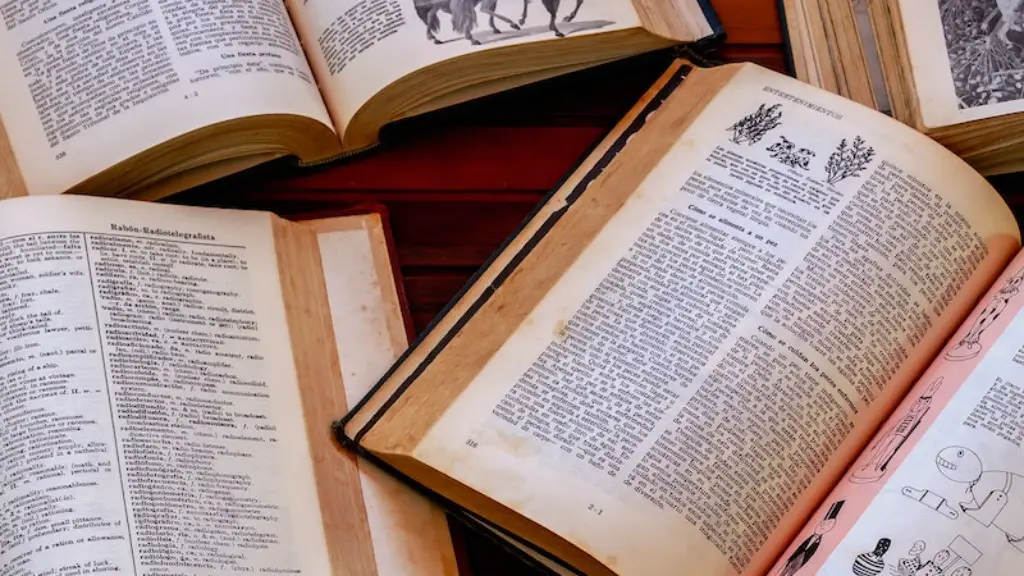Nabati poetry – is a form of poetic expression that originated in the Arabian peninsula centuries ago. This poetic form is typically characterized by a long-winded narrative, made up of lines of verse delivered in a rhythmic, almost chanted manner. It is believed to have been initially popular among and composed by nomadic Bedouin tribes, becoming a major part of many indigenous Arab cultures. Nabati poetry has been an integral part of oral tradition and culture for centuries, and is still performed and appreciated today.
History of Nabati Poetry
Nabati poetry can be traced back to at least the sixth century, though some experts believe that it may have originated earlier. It is believed that its origins are in the Arabian Peninsula, and throughout its history, its forms and structures have varied across the Middle East, North Africa, and Central Asia. It has historically been used to express local concerns, customs and traditions.
The language of Nabati poetry is that of spoken rather than written Arabic. There is no set rhyme patterns or meter, and the voice of the poet is more important than the words themselves. It has an improvisational quality, and the structure of the poem often depends on the poet’s delivery and the mood and context in which it is performed.
Style and Structure
Generally speaking, Nabati poetry follows a syllabic pattern, with lines of 10 syllables each. The language is usually simple, but with a lyrical quality and a careful attention to rhyme and metre. The themes of Nabati poetry are often related to everyday life and landscapes, and often include references to local cultures and customs. The main focus of the poetry is the rhythm of the words and the expressiveness of the delivery, rather than the words themselves.
Nabati poetry is often performed in a group, with one poet reciting the poem while others provide an accompaniment of clapping, singing or drumming. It is often used to commemorate and celebrate, as well as to tell stories.
Significance in Popular Culture Today
In the modern day, Nabati poetry remains significant in the Middle East, North Africa, and Central Asia. It is still an important part of traditional storytelling and carries special significance at weddings and other festive occasions. It is also popular among young people, and is often used to express protest and opposition to authority.
Various modern art forms, such as rap and hip-hop, draw from and incorporate elements of Nabati poetry. It is also common for modern adaptations of Nabati poetry to be written in both the traditional Arabic and the local vernacular languages of the region.
Musical Formats
Nabati poetry is usually performed unaccompanied, but in some cases it has been adapted to a musical-style format with accompaniment by instruments. This style of performance is especially popular in countries such as Saudi Arabia, Kuwait and Oman, and is referred to as ‘mudahri’ah’. In this style, traditional Arabic instruments such as the oud, dulcimer, and ney flute are used to provide an accompaniment to the recited poetry.
In North Africa, the music accompanying Nabati poems is often more modern and features electric instruments such as synthesizers and electric guitars. The poetry is also often adapted to accommodate new topics and styles.
Contemporary Adaptations
Nabati poetry has undergone various adaptations over the years. In some cases, modern poets have adapted traditional Nabati poetry by using modern topics and techniques. This has led to an evolution of the Nabati form which is more modern and accessible to younger audiences. Modern adaptations of Nabati poetry also often contain references to current societal issues and are more politically charged than traditional forms.
Nabati poetry has also been adapted by writers and poets to literary forms. This includes novels and collections of short stories, as well as plays and poems. In the modern day, Nabati poetry has become an important form of expression in the Arab world, and continues to play an integral role in Arabic culture.
Performances and Events
Nabati poetry is a form of performance art, and is often performed at traditional celebrations and gatherings. It is also regularly performed at poetry readings, which often feature a variety of poets reciting their works. Nabati poetry competitions are also popular, and provide a platform for performers to showcase their talent. Some traditional poetry gatherings also continue to take place, such as the annual ‘Mawlid’ celebrations which take place during the holy months of Ramadan and Shawwal.
In recent years, Nabati poetry has also been adapted into contemporary music. This has led to the emergence of a genre of popular music known as ‘Mawlid Hip-hop’, which features traditional Nabati rhyme structures combined with modern rap and hip-hop.
Conclusion
Nabati poetry is a form of poetic expression that originated centuries ago in the Arabian Peninsula. It is characterized by a long-winded narrative, made up of lines of verse delivered in a rhythmic, almost chanted manner. It has been an integral part of oral traditions and culture in the Middle East, North Africa, and Central Asia for centuries, and continues to be performed and appreciated today. It is an important form of expression in the modern day and is often used to express protest and opposition to authority, as well as to celebrate and commemorate special occasions.



